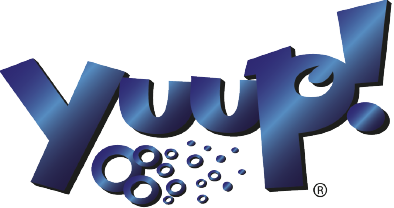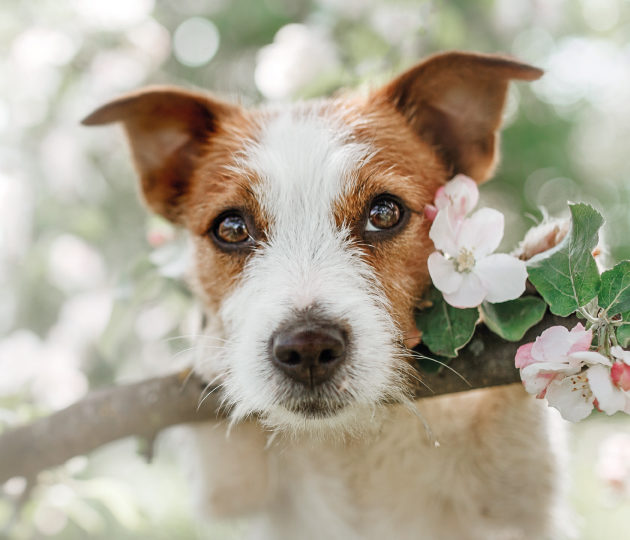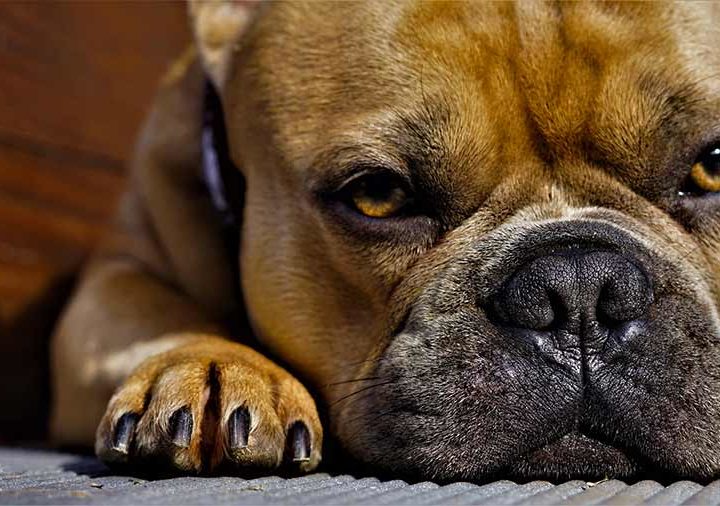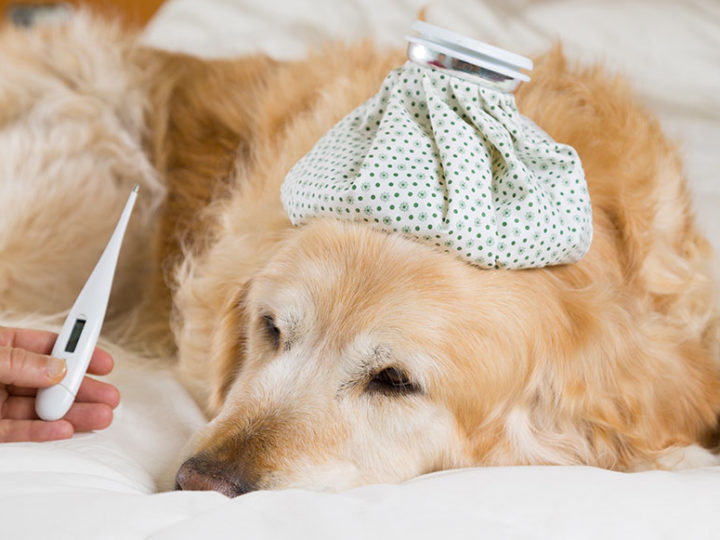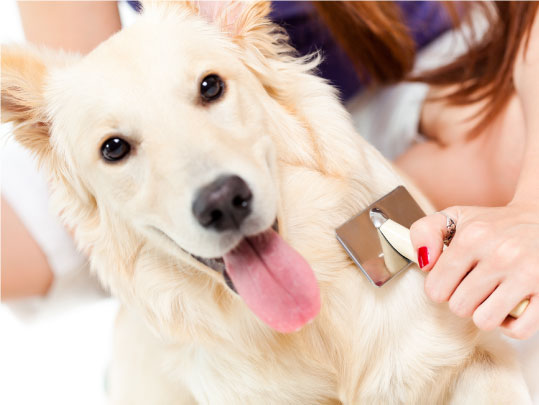
With the advice of Master Groomer Simone Laponi
Hair care, the right brush and the carder
Brushing the dog’s hair regularly is an operation that brings many benefits to our dog. These benefits do not concern only the aesthetic aspect, but also the health and hygiene of the animal.
Why brush the dog’s hair?
The first reason why people who live with a dog at home brush their dog’s hair all year round is very simple: dogs lose hair. A lot.
Who has not happened to find under the bed, in the corners of the corridor or trapped under the skirting board furry clouds, that move even in the slightest breeze, like the desert balls in western movies? And we vacuum, but the next day they reappear.
Brushing your dog’s hair regularly will help you see fewer of these “hairballs.”
The second reason is that your furry friend will also thank you for brushing its coat. In fact, brushing the coat helps remove excess hair that is about to fall out, while stimulating the skin.
It is therefore a necessary operation to guarantee the hygiene and beauty of the dog’s skin: the hair can get wet in the puddles’ water, retain any type of dirt and materials that we find on the street.
Brushing will also allow you to examine closely the animal’s coat and skin, noticing, for example, if there are fleas or ticks and acting accordingly.
By brushing we will also avoid the presence of spikelets, the mature spikes of grasses, which can stick to the dog’s ears, snout or paws, risking causing an infection as they gradually penetrate the skin.
100 brush stroke: when to brush the dog’s hair
How often do we have to brush the dog’s hair?
Understandably we will do according to the free time we have available, but also based on the type of coat and the length of the hair: the ideal would be to brush once a day. If we don’t have time to do it, it’s important to do it at least once a week.
That is why it is essential to choose the breed of our puppy according to the free time that we have available to dedicate to our pet: a dog with medium or long hair needs to be brushed regularly, otherwise it will suffer.
Brush, glove or carder?
In general, the mitt or bristle brush is a good choice for short-coat dogs, but less suitable for long-coat or undercoated dogs.
However, the brush does not have the ability to detangle the hair, it serves but that anything to comb it. Likewise, the comb is a useful instrument for perfectly untangled long hair, but it will not be able to untangle it by itself.
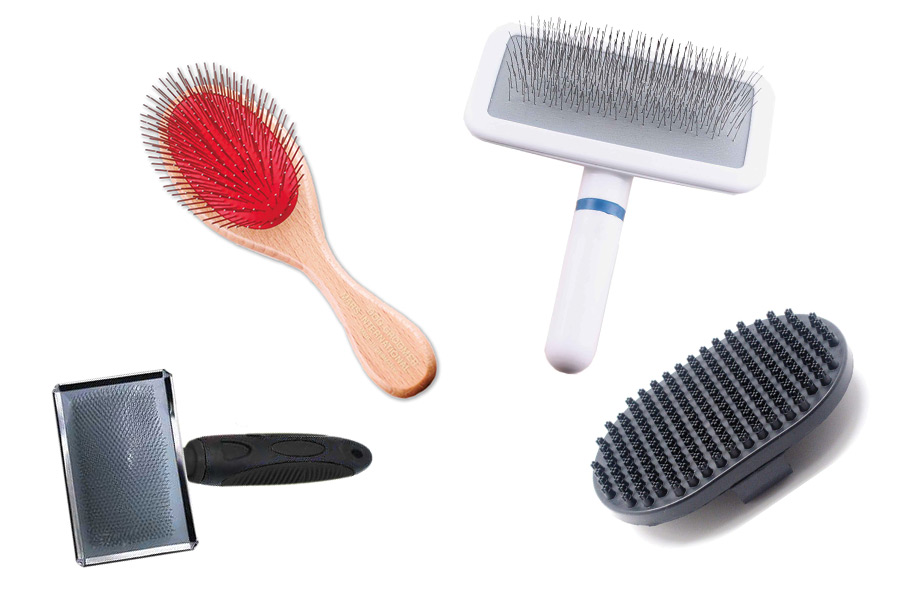
On the other hand, the carder is a universal instrument and ideal for any type of coat, because it allows you to open the hair well and separate it, so that fewer knots are formed. With the carder we can also remove the hair that is in shedding.
The carder is made up of different types of teeth that can untangle, but it must be used with care, because movements that are too sudden can scratch the skin. We will choose the size of the carder based on the part of hair that we are going to untangle; small carders are indicated for small areas, such as the legs or the snout.
We advise you to keep handy carders of different sizes, for example one for the whole body and one only for the areas where we have to work more thoroughly.
If the teeth of the carder start to bend, it is time to replace it with a new one.
How to brush the dog and remove the undercoat
It doesn’t matter how we move the tool, the important thing is that the brush or the carder is able to open the fur and that we can see the skin.
Brushing has to be done from the roots to the ends, not brushing only the final part. Obviously this is essential in dogs that have an undercoat, but it also applies to breeds that do not, because the knots are also formed from the roots.
If your dog’s coat has an undercoat, knots are created between the undercoat itself and the hair, forming a tangled ball of hair that is difficult to disentangle (unless, of course, your dream is to have a dog with dreadlocks!).
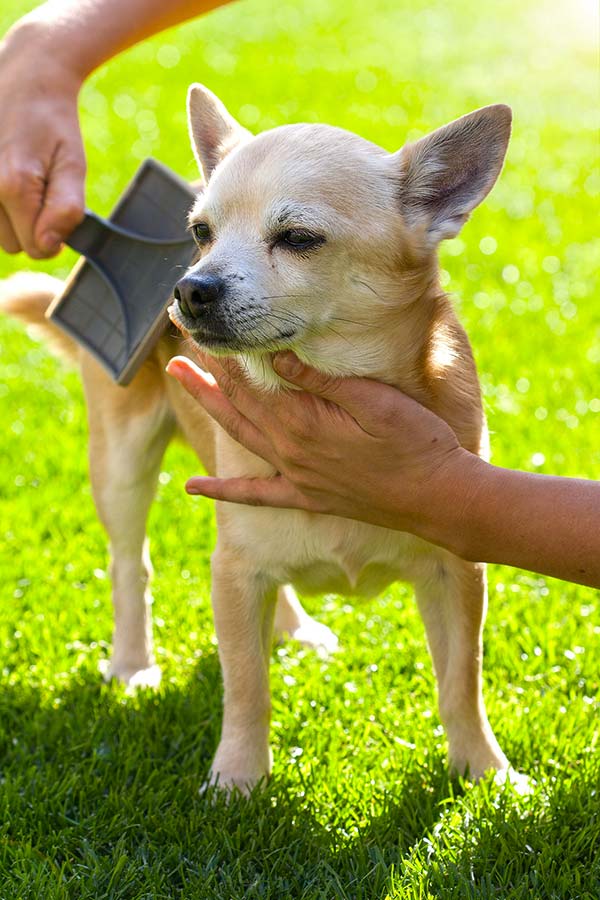
Take special care in spring and autumn, these are the seasons in which it is most important to remove the undercoat.
Eliminating it in the wrong period can lead us to spoil the characteristics of the hair of the breed.
The undercoat is not removed with the hands, it is removed with the carder making movements along the length of the hair (from the root to the tip) and not with circular movements. It is important to tighten the skin with one hand and brush with the other to avoid stressing the skin.
It is essential to brush all parts of the body, insisting on the areas where the dog produces more undercoat or where it gets more tangled (on the back, near the collars or harnesses, towards the end of the ears, back, etc.). It should be noted that the bath helps us to eliminate the hair during the molt.
If the hair does not come off, do not insist: it must be a natural elimination, otherwise we are pulling the hair out.
When you want to brush your friend, call him in a cheerful tone and give him a prize. Start with a delicate brushing, then move on to a deeper brushing to untangle the knots. Be careful not to brush against the grain: the dog will not like it very much and you risk it running away the next time he sees you with the brush in your hand.
